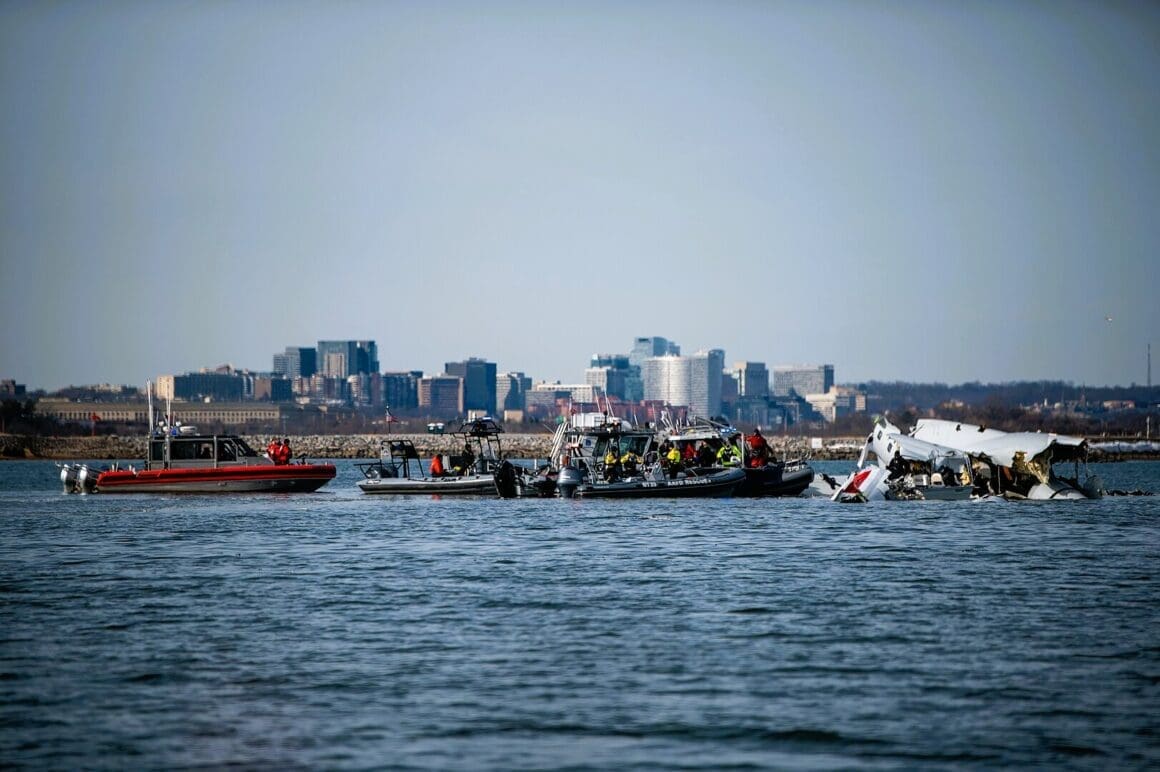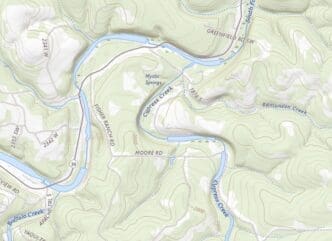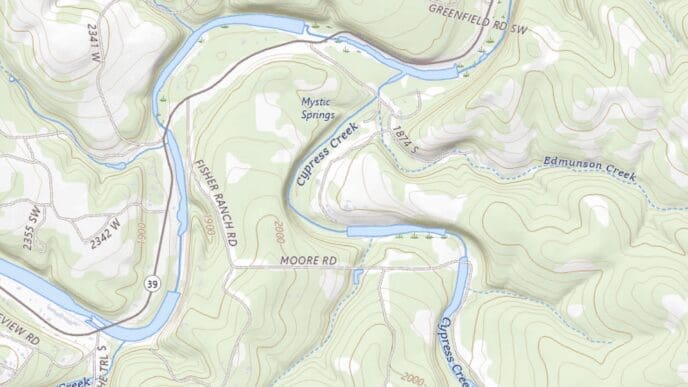In an effort to unravel the circumstances surrounding a recent tragic midair collision near Washington, DC, investigators have commenced a detailed analysis of the Potomac River using sophisticated imaging technology.
The collision involved a US military Black Hawk helicopter and an American Airlines plane, leading to significant loss of life. Utilizing TopoBathy lidar technology, the National Oceanic and Atmospheric Administration conducted a nocturnal scan of the river. This advanced system deploys green laser pulses, enabling investigators to acquire precise underwater images, crucial for guiding recovery teams in locating debris.
Despite initial plans to start scanning on Friday night, the operation was postponed to Saturday due to weather conditions, as confirmed by the National Transportation Safety Board (NTSB). The data gathered from this scan will play a vital role in the NTSB’s ongoing investigation.
The crash occurred on January 29, claiming the lives of 67 individuals near Ronald Reagan Washington National Airport. Recovery efforts have already retrieved substantial portions of the Black Hawk and other wreckage. Notably, the helicopter’s right engine and tail rotor are still missing, highlighting the challenges faced by the recovery teams.
Lawmakers received an investigative briefing on Thursday, though no groundbreaking information emerged. NTSB chair Jennifer Homendy stated that a primary focus is determining the status of the Black Hawk’s ADS-B system, which supplies real-time tracking data. Senators, including Ted Cruz and Tammy Duckworth, have drawn attention to the system’s operational status and its potential impact on the crash.
Secretary of Defense Pete Hegseth revealed that the Black Hawk was on a training mission concerning government continuity when the collision happened. He emphasized the proficiency of the pilots involved, noting they were equipped with night vision goggles during the exercise.
Meanwhile, the Federal Aviation Administration (FAA) has reduced air traffic at the airport, citing recovery operations and weather conditions. The airport has seen a slight decrease in hourly arrivals, causing delays. In response, the FAA has announced a nationwide review of airports managing substantial helicopter and commercial jet traffic.
The investigation into the Potomac River collision remains active, with data from riverbed scans likely to be pivotal in understanding the crash. Investigators continue to piece together flight data and wreckage to provide answers to this complex incident, while authorities emphasize the need for comprehensive safety reviews to prevent similar tragedies.














